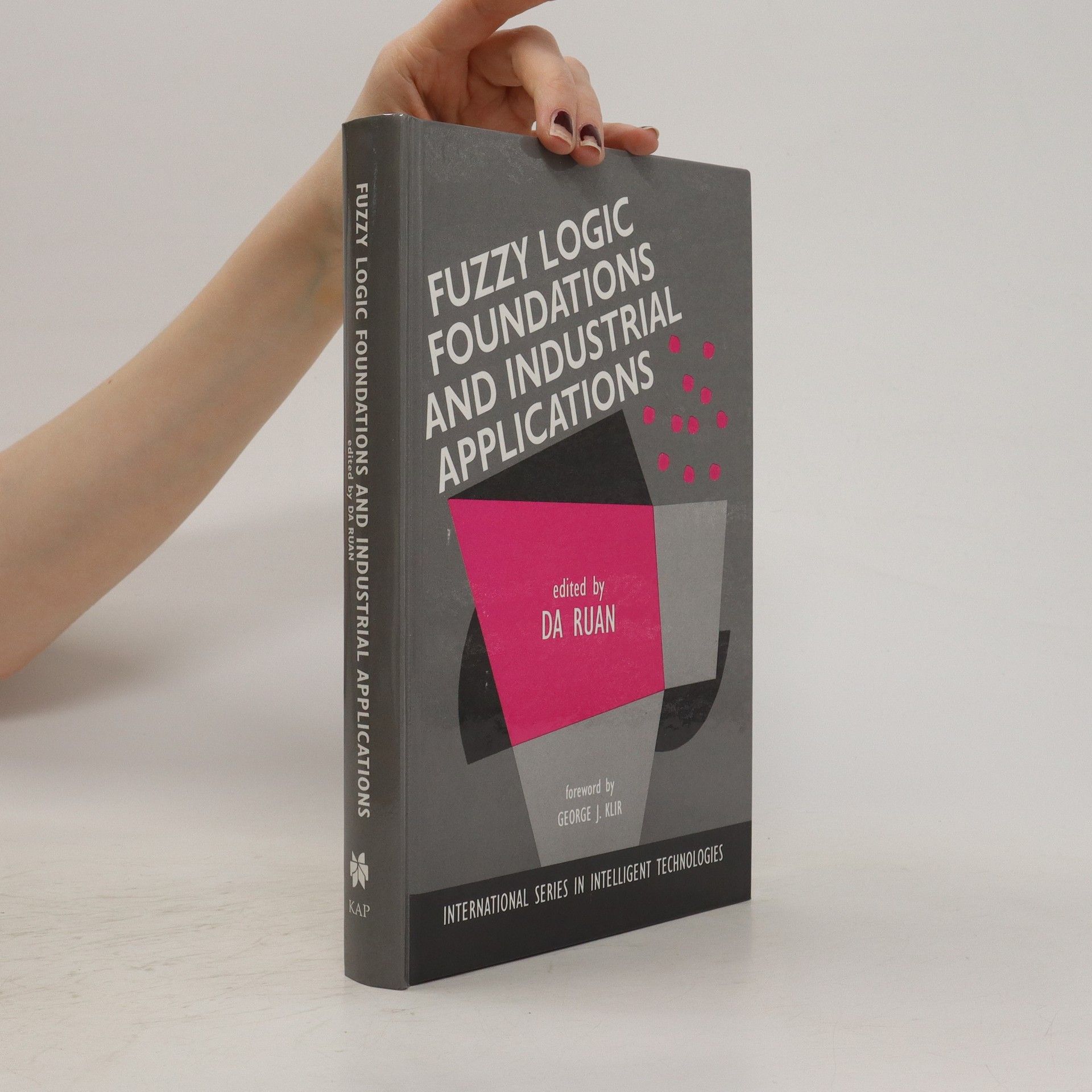Intelligent data mining
- 517pages
- 19 heures de lecture
„Intelligent Data Mining – Techniques and Applications“ is an organized edited collection of contributed chapters covering basic knowledge for intelligent systems and data mining, applications in economic and management, industrial engineering and other related industrial applications. The main objective of this book is to gather a number of peer-reviewed high quality contributions in the relevant topic areas. The focus is especially on those chapters that provide theoretical/analytical solutions to the problems of real interest in intelligent techniques possibly combined with other traditional tools, for data mining and the corresponding applications to engineers and managers of different industrial sectors. Academic and applied researchers and research students working on data mining can also directly benefit from this book.


